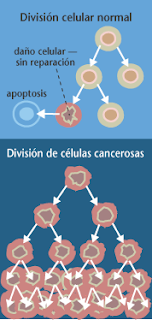what is history
what is history: History
is the science that aims to study the past of mankind and as a method
of science itself sociales.1 history is also called the historical
period that elapses from the appearance of writing to date.
Beyond
the inherent meanings of historical science, history in the usual
language is the narration of any event, even imaginary events and lies, 2
3 is its purpose deceit, or any other aesthetic pleasure (historical
fiction). On
the contrary, the purpose of historical science is the true setting of
the facts and interpret them in compliance to standards of objectivity,
although the enforceability of such purposes and the degree possible are
themselves objects of debate.
In
medicine the term is used to record history of significant health data
of a patient, going back to their birth or even their genetic
inheritance.
In
turn, call history to the past itself, and can even speak of a natural
history when humanity was not present (classical term no longer used,
used to refer not only to geology and paleontology, but also many
other natural sciences, the boundaries between the fields referred to
this term and the prehistory and archeology are imprecise, through
paleoanthropology).
Such
use of the term history makes it equivalent to change in the time.4 In
this sense is opposed to the concept of philosophy, or stay essentially
equivalent to (what to speak of a natural philosophy classics and today,
especially in Anglo-Saxon academic circles as equivalent to physics). For any field of knowledge can have a historical perspective, the change-or-philosophical essence. Indeed,
it may be that for the story itself (see historical time) and the same
time (see History of Time by Stephen Hawking, popular book on
cosmology).
Copyright 2012 what is history









